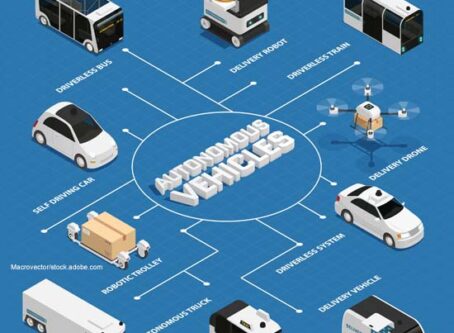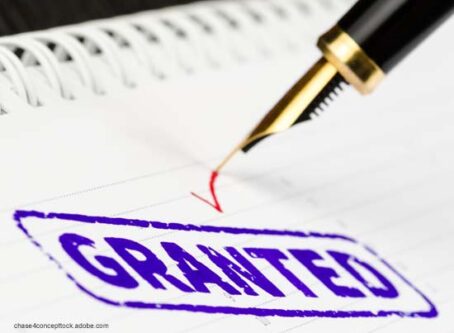NTSB’s top 10 safety improvements target impaired driving, fatigue
The National Transportation Safety Board has released its biennial list of top priorities to improve transportation safety across all modes.
Eliminating electronic distractions for drivers, pilots, operators and even pedestrians; ending alcohol and drug-impaired driving; and strengthening occupant protection in air, railroad and highway travel are once again on the NTSB wish list.
The list serves as a focus for the group’s advocacy efforts for the next two years and the items are “critical changes needed to reduce transportation accidents and to save lives” according to a video announcement of the list published to the board’s YouTube channel.
The NTSB is an independent agency charged by Congress with investigating every civil aviation accident in the U.S. as well as significant accidents in rail, highway, marine and pipeline transit. It makes frequent recommendations to state and federal lawmakers and regulatory agencies on matters of public safety in transportation.
Seven of the 10 items directly pertain to highway safety. Highway safety is also the only mode of transportation to have two of the most-wanted items apply to it exclusively.
The NTSB list, which was released alphabetically, along with the mode of transportation it addresses:
- Eliminate distractions (air, highway, ship, rail).
- End alcohol and other drug impairment (air, ship, rail, highway).
- Ensure the safe shipment of hazardous materials (pipeline, rail).
- Fully implement positive train control (rail).
- Implement a comprehensive strategy to reduce speeding-related crashes (highway).
- Improve the safety of Part 135 Aircraft Flight Operations (air).
- Increase implementation of collision avoidance systems in all new highway vehicles (highway).
- Reduce fatigue-related accidents (air, highway, ship, rail).
- Require medical fitness – screen for obstructive sleep apnea (highway, rail).
- Strengthen occupant protection (air, highway, rail).
Jay Grimes, director of federal affairs at the Owner-Operator Independent Drivers Association, says that among the NTSB recommendations are several policies OOIDA has actively lobbied against. Those include using hair-testing as means of drug and alcohol screening for truck drivers; requiring speed limiters in all newly manufactured heavy vehicles; and driver fatigue programs and mandatory sleep apnea testing.
“We’ve seen (proposed rulemakings) on sleep apnea withdrawn from NHTSA and FMCSA, so this seems like diverging opinions there,” he said.
Speed limiters are another issue Grimes said has created some divergence of opinion among regulators.
“With speed limiters, the agencies have proposed a rulemaking, but they haven’t really advanced that yet,” he said. “I think we would question some of the research that speed limiters improve safety. Any of the research we’ve seen, we would question whether that improves safety.
“All the data suggests speed differentials are a problem, and speed limiters would only create even more speed differentials between automobiles and commercial vehicles,” Grimes said. “Any speed limiter mandate would actually have a negative impact on safety rather than reducing accidents.”









